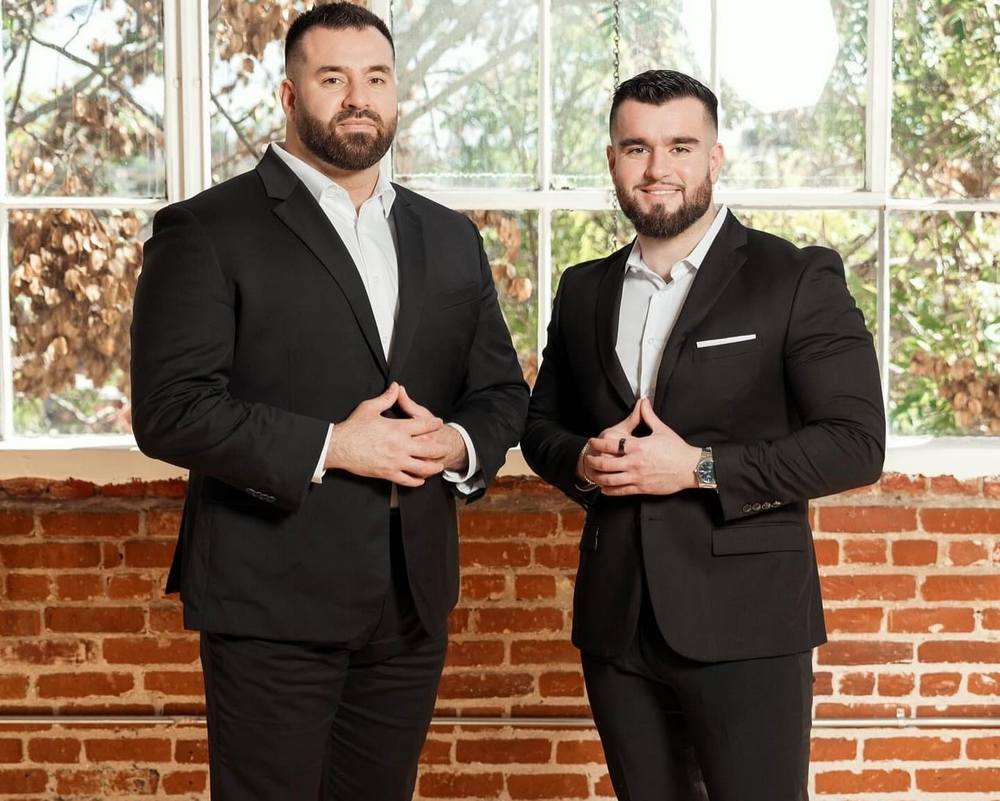
When an employee is injured on the job, your first question is simple: Will your insurance step in? The short answer is yes—if you carry workers’ compensation, you have coverage designed to handle the medical bills and a portion of lost wages, regardless of who caused the injury. That “no-fault” design keeps disputes out of court and keeps your team focused on healing and returning to work—your next steps matter. You report the incident promptly, direct the employee to approved medical providers if your state uses a panel or network, document what happened, and cooperate with your adjuster. If the injury keeps the employee off the clock, temporary disability payments usually begin after a short waiting period. If treatment is limited to first aid with no lost time, you should still document it thoroughly so that the claim doesn’t become a bigger problem later. You also review the scene, correct hazards, and communicate with the team so everyone understands how the incident will be handled. That combination—fast reporting, proper medical direction, and clear communication—helps your claim run smoothly and keeps costs in check.
Know Your Coverage: Workers’ Compensation Basics You Rely On
You buy workers’ compensation to cover four pillars: medical care, wage replacement, permanent disability benefits when an injury leaves lasting limits, and death benefits for dependents if the unthinkable happens. You don’t have to prove fault; the system is designed to get treatment started quickly. You must follow state rules. That means posting required notices, carrying a policy when your headcount or trade requires it, and classifying payroll correctly so your premium matches your actual exposure. You also confirm who counts as an employee. Many owners assume a 1099 label keeps a worker outside the system, but misclassification is common and costly; if the state considers someone an employee, you’re still responsible. If you use subcontractors, you collect certificates of insurance and verify active policies, because claims can bounce back to you when a sub’s coverage has lapsed. If you operate across state lines, ensure your policy lists each state where your employees work. Some states require coverage from a state fund, and you may need “stop-gap” employer’s liability in those jurisdictions. By aligning your policy with how and where you actually operate, you keep surprises off your desk and protect your team with the benefits the law expects you to provide.
Where Employer’s Liability Fits—and What It Doesn’t Cover
Workers’ compensation pays benefits without a lawsuit, but that doesn’t end every legal risk. That’s where the employer’s liability (often called Part Two of your policy) comes in. You lean on it when claims fall outside the basic benefits framework—think of a spouse suing you for loss of consortium, a third party seeking contribution after being sued, or a dual-capacity claim where your company is accused of negligence beyond the employer role. Employer’s liability responds to defense costs and settlements up to the limits you choose. You can also add an umbrella to lift those limits if your contracts or risk tolerance call for more protection. It’s equally important to know what an employer’s liability does not do. It won’t replace employment practices liability insurance (EPLI) for allegations like discrimination, harassment, or wrongful termination. It won’t fix injuries from routine commuting that fall outside work duties, and it won’t override exclusions for intentional acts or serious policy violations. On the flip side, many gray areas are covered when the facts show work-relatedness: repetitive stress injuries, occupational illness, and injuries during authorized travel. You have set yourself up well by training supervisors to report early signs of strain, documenting modified duty offers, and keeping job descriptions current, so your adjuster can align restrictions with actual tasks.
Handle the Edge Cases: Remote Work, Travel, and Unusual Situations
Work looks different today, and your policy needs to keep up. If your team works from home, you still have a duty to provide a safe workspace during working hours. You reduce risk by defining work hours, clarifying approved tasks, and setting ergonomic expectations. If employees travel, injuries sustained during a business trip are often covered—even outside regular working hours—when the activity is directly related to the purpose of the trip. Company events can also be considered work, provided attendance is required or the activities serve a business purpose. Substance use and horseplay complicate claims, but they don’t automatically erase work-relatedness; you rely on timely testing, witness statements, and clear safety policies to sort out facts. Contractors and temps introduce a different wrinkle: the staffing agency’s policy usually responds, but contracts can shift responsibility, and you need to confirm coverage before anyone starts. For owners and officers, you decide whether to include or exclude yourselves based on your lender requirements and personal risk tolerance. Finally, you prepare for the total-loss scenario that can pause operations—multiple employees injured in a single event or a catastrophic injury. You address this with crisis response plans, safety drills, vendor relationships for immediate site remediation, and a return-to-work program that offers modified duties, allowing injured employees to re-engage safely while keeping claims costs manageable.
Put a Practical Plan in Place—and Get Your Coverage Aligned
You keep claims predictable by pairing insurance with good habits. You assign a point person for incident reporting, post provider information where everyone can find it, and hold brief tailgate talks after near-misses to reinforce safer methods. You review payroll classifications before audits so clerical workers aren’t coded as field staff, and you track overtime separately when your state rules require it. You also check your certificates from subs every quarter and set calendar reminders for expirations. Most importantly, you build a simple return-to-work pathway. When your adjuster and doctor see a real plan with light-duty tasks and clear hours, temporary disability days drop, reserves stay lower, and your experienced-mod factor benefits at renewal. While you focus on workers’ compensation and employers’ liability, you shouldn’t ignore how these intersect with your other coverages. Your general liability excludes employee injuries; that’s by design. Your commercial auto covers employee injuries only when they meet the work-related test, and usually through workers’ compensation first. By coordinating policies, you prevent gaps and keep defense strategies aligned if multiple carriers become involved. If you want a stress-tested setup that protects both cash flow and people, you tune your limits, verify your states, and document your procedures so that every claim begins with clarity rather than confusion.
Ready to enhance your protection against employee injuries? Workers’ compensation and employers’ liability are essential to your company’s financial stability. Without the proper structure, a single claim can strain payroll, delay projects, and unsettle your team. At Koda Insurance Services, we help you choose the appropriate limits, add the states where you operate, and coordinate endorsements so your policy accurately reflects your work. We’ll walk you through payroll classifications, experience modification strategy, and return-to-work planning, so your coverage isn’t just compliant—it’s practical. Call us today at (619) 600-5550 or complete our online form to get started.




